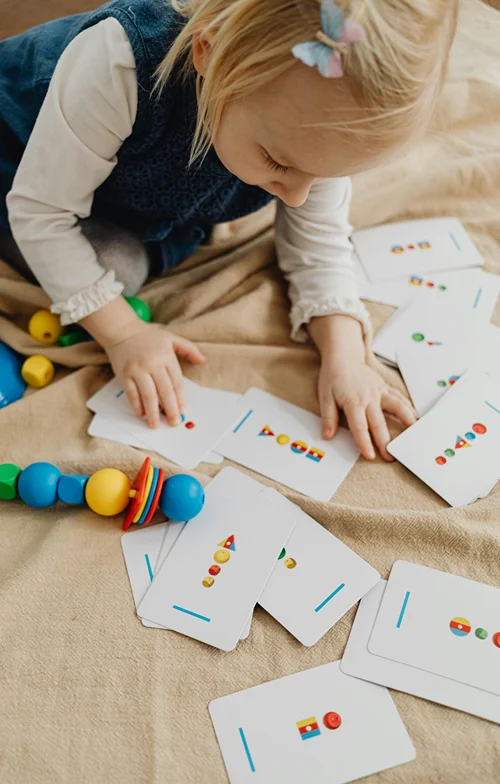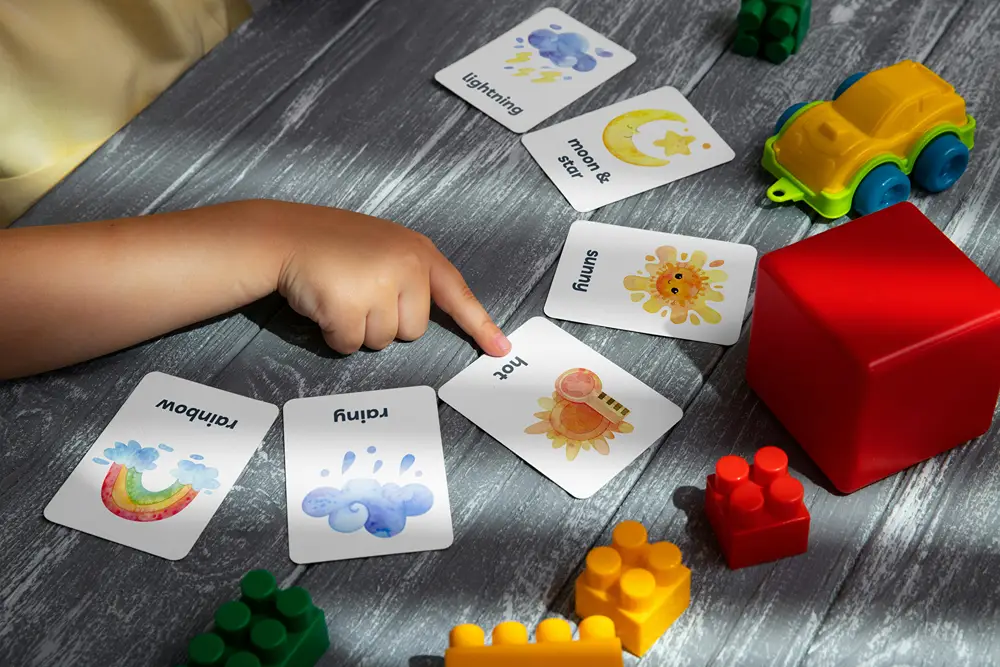Why Building Emotional Intelligence Matters for Young Leaders
What if we tell you that you can increase your organization’s productivity and exceed your revenue targets by approximately 20%? It turns out, these aims are achievable through emotional intelligence (EI). Actually, emotionally intelligent leadership can make all the difference as it has a direct impact on team performance.
And it starts early, building emotional intelligence in kids lays the foundation for the kind of leaders who thrive under pressure and connect with others. For young leaders, developing EI is not just beneficial, it can account for up to 70% of a person’s overall success in life.
Moreover, according to statistics 71% of employers value EI more than technical skills when evaluating candidates. How is that?
The Five Pillars of Emotional Intelligence for Young Leaders
EI is the quality that enables us to confront with patience and insight according to psychologist Daniel Goleman. Goleman’s bestselling book challenged the traditional idea that being smart is not just about academic ability, there is a whole other set of skills like understanding emotions. He outlines 5 key components, let’s describe them shorty below:
- Self-Awareness: you need to recognize and understand your own emotions and how they affect your interactions
- Self-Regulation: you need to learn how to manage and express your emotions
- Motivation: so it is about being motivated by internal goals, rather than external recognition
- Empathy: by relating to the emotions of others, you acquire social power
- Social Skills: if you interact effectively with others, it should include active listening, verbal and non-verbal communication
How Emotional Intelligence Drives Leadership Success
For effective leadership, especially when we talk about young leaders, you need more than just navigating a complex world. For example, you can see your personal journey as from earlier career setbacks to becoming a successful business owner. You may think that you would need traditional traits like ambition and technical skills, but this is not enough.
What truly sets strong leaders apart is their ability to understand and connect with others emotionally. Honestly, young leaders with high EI can cope with various tasks, for example:
- Team Management: if you recognize your team members’ emotions, you can build a collaborative and productive environment
- Conflict Resolution: EI enables you to navigate disputes effectively, promoting harmony within the team
- Public Speaking & Persuasion: if you recognize the audience’s emotional responses, you can provide more impactful communication
- Handling Criticism: Yes, self-regulation helps leaders remain receptive to feedback, turning criticism into growth and self-improvement
Practical Steps to Build EI for Leadership Growth
As you know, proper content and books can be powerful tools for building self-awareness and emotional insight. For example, Books on Emotional Intelligence like “Beyond Order” or ”The Whole-Brain Child” by Daniel J.Siegel offer practical guidance for developing EI in both personal growth and leadership. Additionally, for enhancing your emotional intelligence, you can start:
- Journaling for Self-Reflection: first of all, you need to document your thoughts, idealism basically everything about your feelings to identify emotional triggers and see the pattern
- Active Listening & Empathy Exercises: by engaging in activities that require you to listen attentively, you can understand others’ perspectives and see another side of arguments
- Daily Mindfulness Practices: you can incorporate mindfulness techniques to stay present while managing stress effectively.
- Seeking Feedback & Mentorship: this is about getting feedback and guidance from mentors or coaches on the regular basis so you can get insights into your emotional strengths as well as areas for improvement
- Handling Digital Communication: by being mindful with your tone and clarity in emails and daily communication at your virtual meetings, you can prevent misunderstandings
Case Studies: Young Leaders Who Succeeded with EQ
Emotions are a critical part of how we relate to the world around us. For example, Satya Nadella has achieved remarkable success as the CEO of Microsoft. Let’s describe how she did it:
Nadella’s (EQ) Strategy
He has transformed the company and its culture since his appointment in 2014. Under his leadership, Microsoft has seen significant growth and innovation thanks to Nadella’s emotional intelligence (EQ) strategy.
When he stepped into the role, he knew that success was not about relying solely on intellectual or technical skills. Instead, it was about something far more essential. Emotional intelligence in the IT niche, where technology often takes the spotlight, he emphasized that it is a cornerstone of success. It was his core leadership approach, helping to create an environment where people feel heard, valued and understood.
Silbermann: Value of Emotions
You know how challenging it can be to take an idea and turn it into something that stands out in a crowded space, especially when you’re up against the big players like Facebook. That’s exactly what Ben Silbermann, co-founder of Pinterest, did back in 2010. As a young CEO, he knew that success wasn’t just about having the right tech.
It was about connecting with people generally with his team and users alike. He used Emotional Intelligence (EQ). He made sure that everyone at Pinterest felt valued and motivated, building an authentic company culture rooted in listening and emotional awareness.
By staying in tune with both feedback and emotions, Pinterest grew from a niche platform to a global powerhouse. Under his leadership, Pinterest became a safe and inspiring space. But if you google, you will quickly find out that he did not stop there. Silbermann also led the creation of The How We Feel journal. This tool helps people understand and manage their emotions better.
Why EI Is a Career Game-Changer
As you can see, leaders and employers recognize the value of emotional intelligence, with a high percentage of people prioritizing it over technical skills during hiring. People evaluate soft skills in job interviews, and it is the basis. As professionals, soft skills like EI are becoming increasingly critical for all members, especially for project managers and team leaders. Soft skills like empathy and adaptability are becoming essential. By 2025, EI is a top skill needed in the workforce according to the World Economic Forum.
However, emotional intelligence is not just something that can be learned overnight, it is a life skill that must be developed from a young age. For example, when we want to Raise an Emotionally Intelligent Child, we give them all the tools they need to thrive, not just academically, but emotionally and socially as well. So high EI and proper educational sources with tools also enhance networking and mentorship opportunities. Now you just need to match with the team.
Final Thoughts
You can start your EI journey now by practicing mindfulness, welcoming honest feedback and immersing yourself in transformative literature and books on emotional intelligence. It’s not enough to simply improve your technical skills. Our society depends on how we master our emotional understanding.
By actively developing an understanding of your emotions, you will see the complexities of human interaction, building stronger leadership. It’s time to prioritize emotional intelligence, not as a brief lesson but as a lifelong cultural process!













